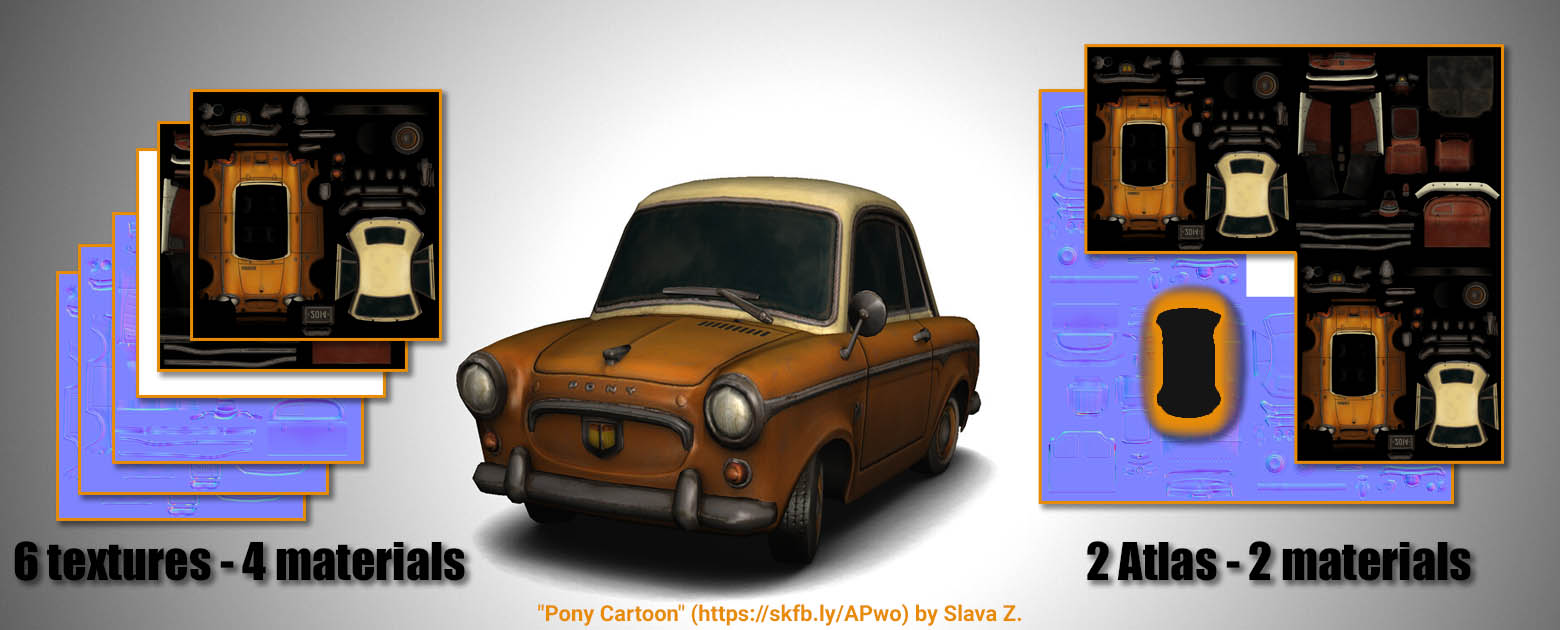3DBrowser 17 - New features
4K
monitor support
3DBrowser 17 includes support for 4K monitors. Take advantage of an optimised interface and dynamic adjustment of the interface according to your screen resolution.
Whether you're using a Full HD or 4K monitor, or multi-screen configurations, the interface automatically adapts to provide a fluid, ergonomic and perfectly sized user experience.
Navigation tabs
Simplify navigation by viewing the contents of different folders simultaneously using a simple, intuitive tab system.
Easily move from one folder to another to get an overview of your 3D models according to your needs.
This interface allows you to easily navigate and switch between your folders while maintaining an organised and consistent view of your 3D assets.
Split view
A new Split View option allows you to split the interface into two distinct areas, either vertically or horizontally, making it easier to perform operations between different directories.
This layout allows you to quickly compare the contents of folders, easily move files between folders or work on several projects simultaneously, while maintaining a clear preview.
USDC/USDZ format support
The USDZ file format is a new and innovative format designed for sharing of 3D assets across various platforms and devices. USDZ stands for Universal Scene Description Zip, a compressed 3D file format developed by Apple in collaboration with Pixar.
The USDZ format is a single, self-contained file format that includes all the necessary information to display a 3D object or scene without any external dependencies. This makes it easy for digital creators to package their 3D content in a single file and share it with their audience seamlessly.
3DBrowser now supports this format, allowing you to preview and organise your USDZ files with ease.
Support for E57 format and point clouds
E57 is an essential format for point clouds from 3D capture and laser scanners.
This format is now supported by 3DBrowser, allowing you to manage and preview these files in a very intuitive way.
Point clouds can now be viewed in the 3D viewer.
You can easily explore complex data sets from laser scanners or 3D captures.
You can view point clouds with support for large amounts of data and freely explore the cloud, easily navigating and zooming in on key details.
Improved GLTF and Blender support
3DBrowser strengthens its support of the GLTF format with a better respect of the standards of the format and a reduction of the size of the exported files.
This ensures better compatibility of exported files with the main tools supporting this format.
GLTF files with Draco compression are now also possible.
3DBrowser now supports Blender 4 files and improves reading of previous versions, making it easier to preview your Blender object collections.

Atlas generation and texture simplification
3DBrowser includes an atlas map generation tool. This tool combines the different textures of a scene into a single map, simplifying material management and optimising performance.
- Reduce the number of materials: search for duplicate textures, then merge them into one or more atlases.
- Reduce draw calls: improves rendering performance, especially useful for real-time engines.
- Batch processing: it's so easy to generate the atlas from a set of files in a single operation.
Create and view AO maps
The 3D viewer offers 2 new features related to PBR materials: Ambient Occlusion (AO) mode for inspecting AO maps and AO activation to improve scene rendering
The Normal Maps creation tool also includes the ability to create AO maps for an object or an entire scene to enhance realism.
Polygon Cruncher
The normal map and AO creation tool is now available in Polygon Cruncher batch optimisation module.
This allows you to automatically optimise and generate the normal maps and AO for your LODs on a set of scenes.
The progressive optimisation mode provides a better balance when optimising objects with very different numbers of points.
UV optimisation gives better results for models with a symmetrical texture mapping.
Polygon Cruncher also benefits from new recognised formats and improvements to existing ones.
Resizing and converting textures
3DBrowser's export tool now offers a feature to resize and convert textures when converting to a third party format
Adjust the texture resolution to balance quality and lightness then specify the format (JPEG, PNG, etc.) according to the type of texture to optimise the final file.
This option is ideal for reducing the size of exported files, especially if they have textures embedded (fbx, gltf).
Improved 3D performance
3DBrowser's 3D viewer benefits from improved performance for complex models, ensuring faster, more responsive navigation.
The selection display has been improved: selected elements are now easier to distinguish, even in dense scenes.
Other new features make it even more effective (finding faces with a selected material, displaying FPS, faster filtering by name, etc.).
Support for new image formats
3DBrowser's image viewer now integrates ImageMagick 7, offering improved compatibility with a wide range of new formats.
WebP (high quality compressed images) or FLIF (lossless format with advanced compression) formats are now available as well as all formats supported by ImageMagick 7.
